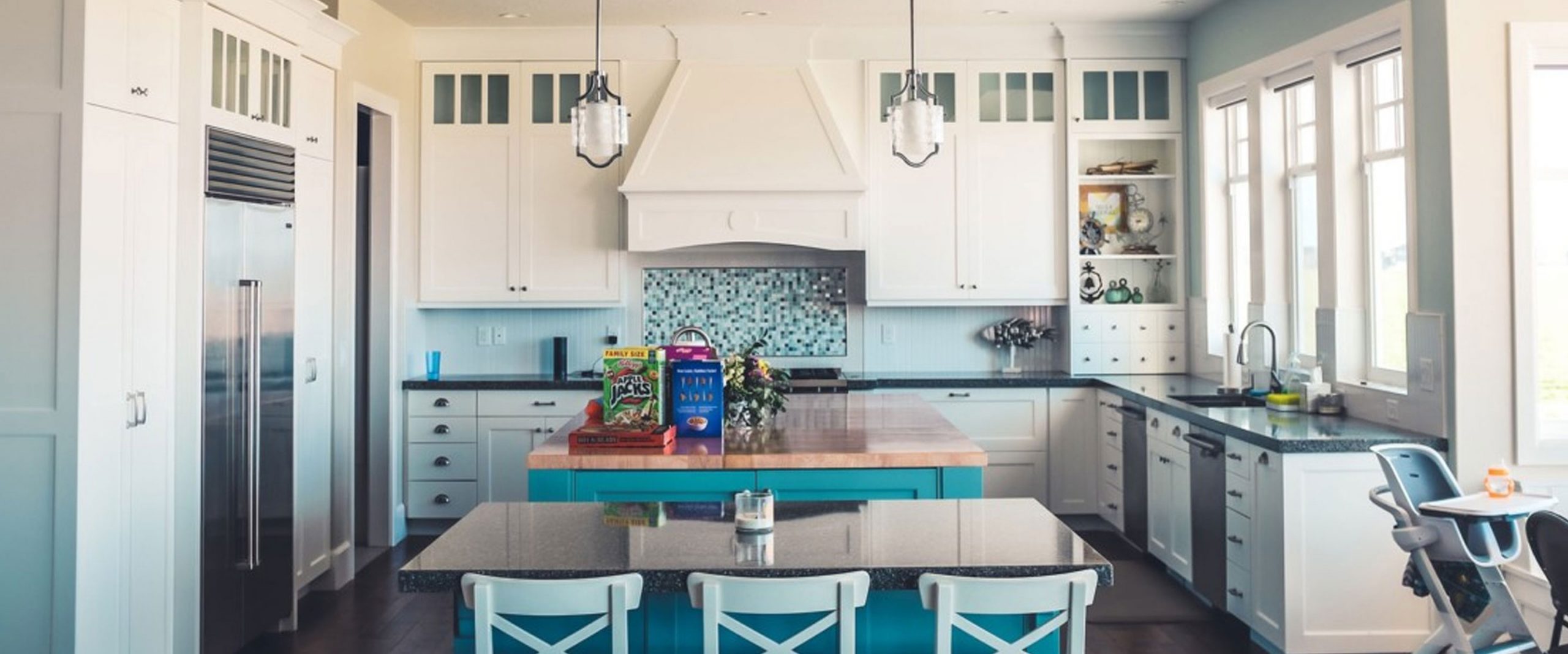
Insights
Budgeting for a renovation
It’s no secret that a property renovation is a wise move to increase the value of your home, in fact the freedom to improve, extend, update or redesign your investment is one of the greatest benefits of being a homeowner. However, renovating is a huge commitment and if not planned and forecasted efficiently you run the risk of overcapitalising on your home or struggling against a constant financial burden. Preparation and allocating the right finance in the right place is the key for a successful project.
Breakdown of costs
Before you start forking out items mindlessly, sit down and forecast all the likely costs. Ensure you also have a buffer for unexpected expenses you encounter along the way. By itemising and breaking down each component you’ll feel in control and prepared. Remember, you’re putting your home at risk if you’re unable to pay your mortgage repayments.
What’s the end goal?
It’s very easy to get carried away when renovating. Before you pour your heart and soul into this project think about if this is your forever home, or something you’ll likely outgrow after a few years. It’s okay to renovate with your heart if you’re designing your lifetime home, but if you’re planning on flipping the property and view it more as a financial investment your actions will need to reflect this for the best financial return. For example, think about if your taste will appeal to future buyers, or if your renovation style could potentially turn people off your home. If this is the case, keep it modernised, simplistic and neutral.
Be realistic
You may need to weigh up the pros and cons between financing the renovation you want and financing the renovation that will get you the best financial return. Generally speaking, a kitchen or bathroom renovation will add the most value to your home. Whereas a pool or spa may not. If these items appeal to you then invest in them for your long-term enjoyment without the expectation of money making.
Where to splurge and where to save
As a general rule, don’t skimp out when it comes to the layout, aim for a well-designed space as the physical layout is something relatively permanent that can not easily be changed. Plan an optimal design layout, knowing you can upgrade things like luxury appliances, benchtops and doors down the track as needed. Invest in other more permanent items like flooring, which can have a substantial influence on the look of the home. A good quality floor will also be durable, look premium and stand the test of time, saving you money in the long run. Consider saving money on premium lighting and choose affordable, standard designs. Instead you can invest this money in maximising natural light, taking into account how the sun moves across your property.


